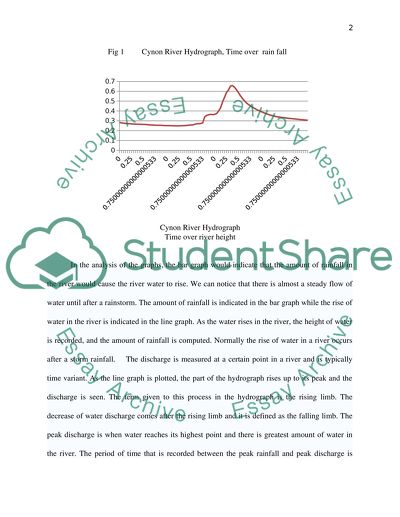Cite this document
(“The Discharge of Water in the Design of the Channel Statistics Project”, n.d.)
The Discharge of Water in the Design of the Channel Statistics Project. Retrieved from https://studentshare.org/design-technology/1512980-storm-drainage-design-project-essay
The Discharge of Water in the Design of the Channel Statistics Project. Retrieved from https://studentshare.org/design-technology/1512980-storm-drainage-design-project-essay
(The Discharge of Water in the Design of the Channel Statistics Project)
The Discharge of Water in the Design of the Channel Statistics Project. https://studentshare.org/design-technology/1512980-storm-drainage-design-project-essay.
The Discharge of Water in the Design of the Channel Statistics Project. https://studentshare.org/design-technology/1512980-storm-drainage-design-project-essay.
“The Discharge of Water in the Design of the Channel Statistics Project”, n.d. https://studentshare.org/design-technology/1512980-storm-drainage-design-project-essay.


